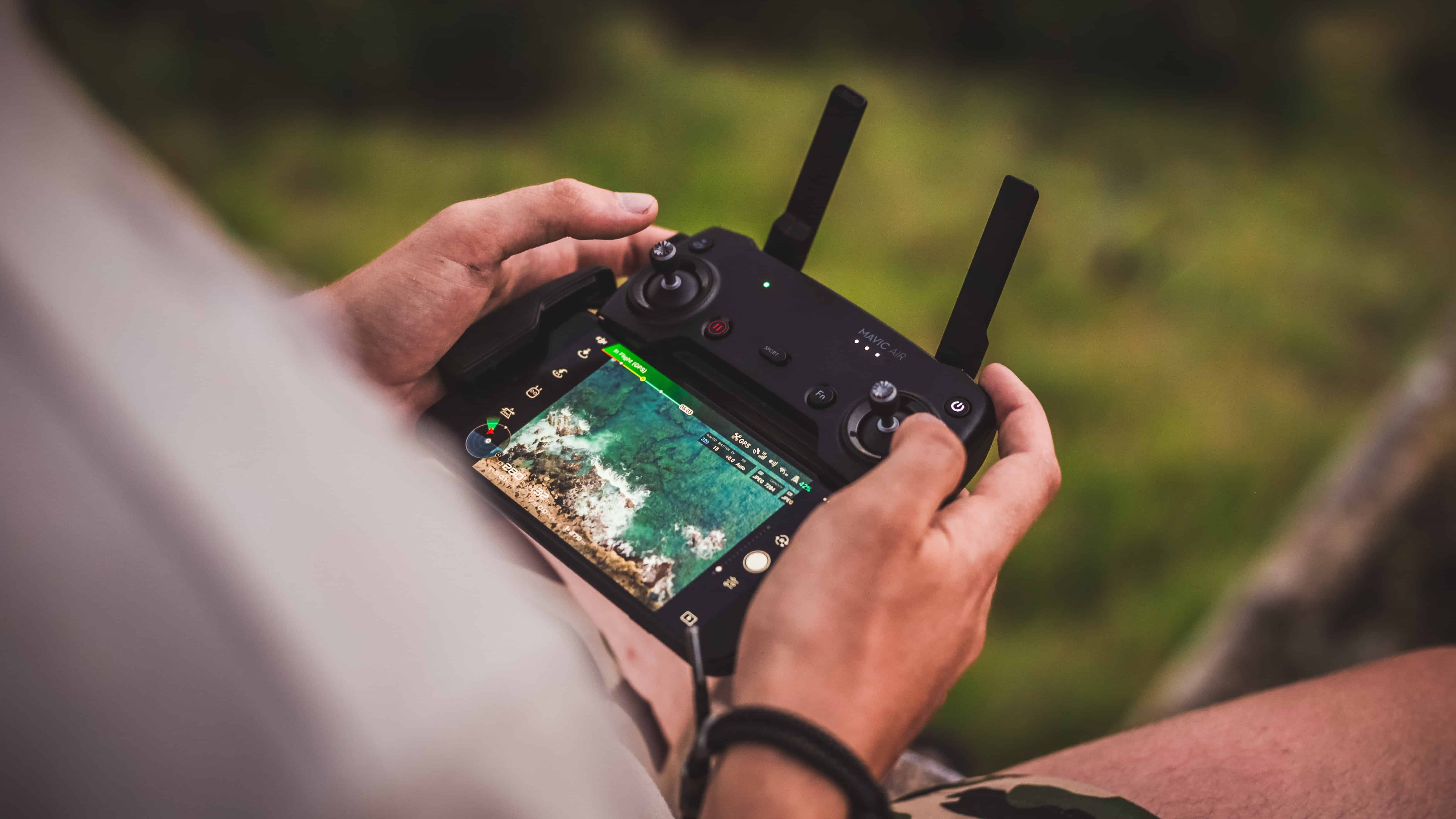Key Takeaways
- Researchers Weicai and Panyang investigate factors affecting droplet deposition in plant protection unmanned aerial vehicles (UAVs).
- The study proposes a research method based on farmland environmental factors to simulate droplet deposition and drift.
- A mathematical model is established to evaluate the internal relations of multiple factors influencing droplet deposition.
- The research aims to provide a scientific basis for formulating operating standards for plant protection UAVs.
A recent scientific study by Weicai and Panyang, published in 2023, delves into the factors affecting the deposition characteristics of droplets sprayed by plant protection unmanned aerial vehicles (UAVs). These UAVs are increasingly used in agriculture due to their adaptability to terrain and efficient low-altitude spraying capabilities.
Methodology and Findings
The researchers systematically investigated single or multiple independent factors influencing droplet deposition, including the experimental methods and mathematical models used to study this phenomenon. They proposed a research method based on farmland environmental factors to simulate spray droplets’ deposition and drift characteristics.
Using an indoor simulation test system, the study explored the impacts of multiple factors on droplet deposition, such as temperature, humidity, and natural wind. By integrating operation parameters, environmental conditions, crop canopy characteristics, and rotor airflow, the researchers could examine these factors’ main and interactive effects.
Mathematical Model
The study established a mathematical model that reflects the internal relations of multiple factors affecting droplet deposition. This model serves as a tool to evaluate and analyze the characteristics of droplet deposition in plant protection UAVs.
Implications and Future Directions
The study’s proposed research method aims to provide a scientific basis for formulating operating standards for plant protection UAVs. It also offers insights for inspecting and evaluating similar operating tools and suggests improvements for existing spraying systems.
Read more here.
Photo by William Bayreuther on Unsplash



1 Comment